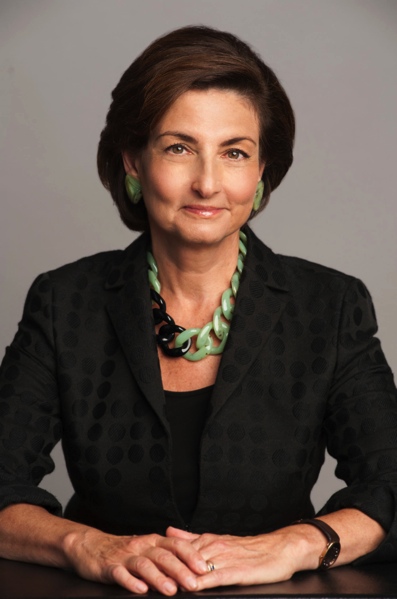Experience Corps Model: Fried
Concurrent with Gardner and Freedmans work, Dr. Linda Fried, then vice chair of the Department of Medicine at Johns Hopkins University, was developing a related theory and model. Through the 1980s, Fried had studied how health could be maintained into the oldest ages. Her scientific research showed that a major cause of ill health among the elderly was purposelessness. Also a practicing gerontologist, Fried found that many of her patients needed a substantive role in society as much as they needed medical care. [7] Yet when she prescribed meaningful volunteer work to her older, depressed patients, they often reported back that they were unable to fill the prescription. If they could identify an organization they wanted to be part of, the role they were givenoften licking stamps and sealing envelopesdid not feed their sense of purpose, nor take advantage of skills and talents acquired over a lifetime.

Mailman School of Public Health
Linda Fried
What would constitute a meaningful role for older adults? It wasnt a purely subjective matter to Fried. Research on human development pointed to one factor as being highly correlated with a sense of purpose among older adults: generativity. To be generative meant knowing that one was making a difference for future generations, and leaving the world a better place. But most roles for older adults did not satisfy this common yearning. Volunteer opportunities would have to include a generative aspect to be truly meaningful to most older adults, Fried reasoned.
Physical activity was another consideration. Fried had researched the connection between activity and health among the elderly. It was a challenge to keep retirees mentally and physically active. Many shunned exercise programs, and TV often became a way to fill the empty hours of retirement. Could a generative volunteer role provide the vehicle for physical activity? By pursuing selfless interests, could seniors help themselves? A positive feedback loop might keep them activeand healthymuch longer.
Another component of the volunteer role would be its level of intensity. Seniors would need to spend enough time each weekover an extended periodto get an adequate dose of prevention. A significant time commitment would also allow volunteers to make an impact on the intergenerational problem they were addressing. Moreover, it would let them build up a community of peers that would counter loneliness. High-intensity service opportunities would maximize physical, social and cognitive activity.
It was not just about helping individuals, from Frieds point of view, but also about addressing a larger societal issue. As baby boomers retired and people lived longer, the elderly would become a larger proportion of the population. These people had much to contribute to society. If they were not encouraged to stay active, however, their health would deteriorate and they would become an increasing economic burden. In the 1980s, some in government and academia were predicting a generational battle, as public funds shifted to the care of the elderly and away from education and other services for the young.
From these various strands of research, Fried wove a new model of senior service that would be an intergenerational win-win. It would demonstrate that the untapped social capital of seniors could be harnessed to improve society and, at the same time, promote the health of older adults in an aging society. Fried organized a research team and looked for programs that would allow seniors to meet community needs.
She zeroed in on serving children as being well-suited to the interests and generative impulses of older adults. If a synergistic relationship could be created that benefitted both children and adult volunteers, there could be improved health, reduced healthcare spending, and the opportunity to improve the lives of the next generationmaking their own future old age a brighter prospect. In that sense, it would be a virtuous cycle. Given the high needs of inner-city elementary schools, Fried felt these should be the focus of the program. She describes her thinking:
I had realized that people will not show upand they wont stayfor a health promotion program. But theyll show up and stay for something that deeply matters to them. I wanted to be able to show that older adults also could bring impact on our most important societal needs, and from my point of view, that need is that our kids stay in school. You cant have a successful democracy unless our children are succeeding. And its everybodys responsibility. So I wanted a model that was inclusive of people of all backgrounds, all abilities. Everybody in. [8]
Fried on creating an inclusive model..